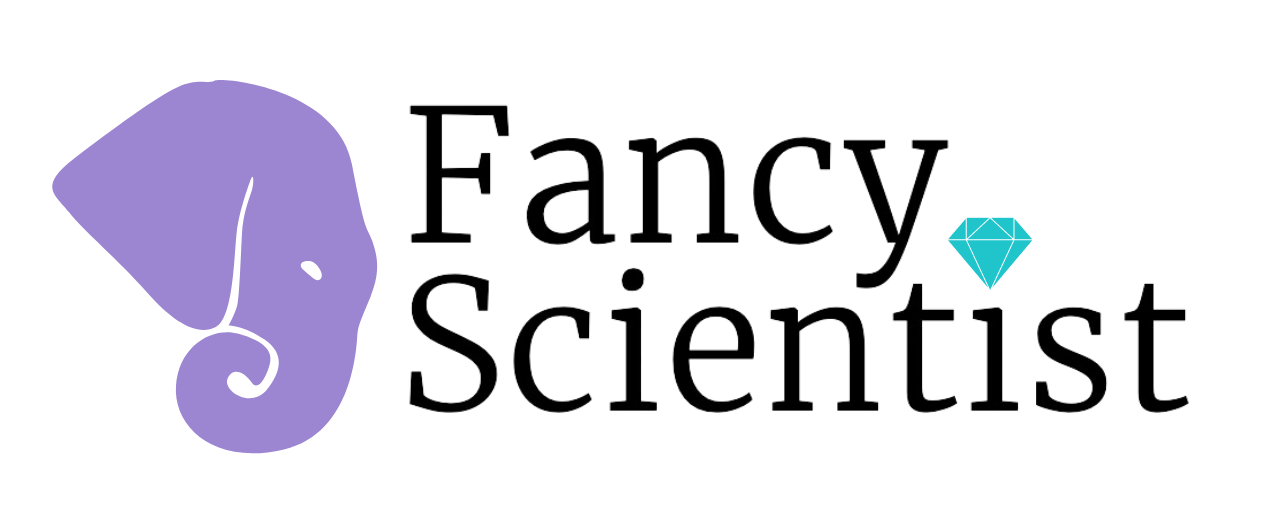For the past few years, I’ve embraced my profession as a wildlife biologist and created my own nature Halloween costumes. Why nature? I love outreach and creativity, so why not use Halloween as a means to share knowledge about our incredible world and even spread some conservation messages. Here are the tips I’ve generated for a successful nature halloween costume:
- It’s best to make your costume. This allows you to think outside the box and consider ideas or species that are not represented in your run-of-the-mill Halloween store (or online). I do not sew. Using glue, tape, and garments from your daily wardrobe creatively can result in a pretty effective and original costume.
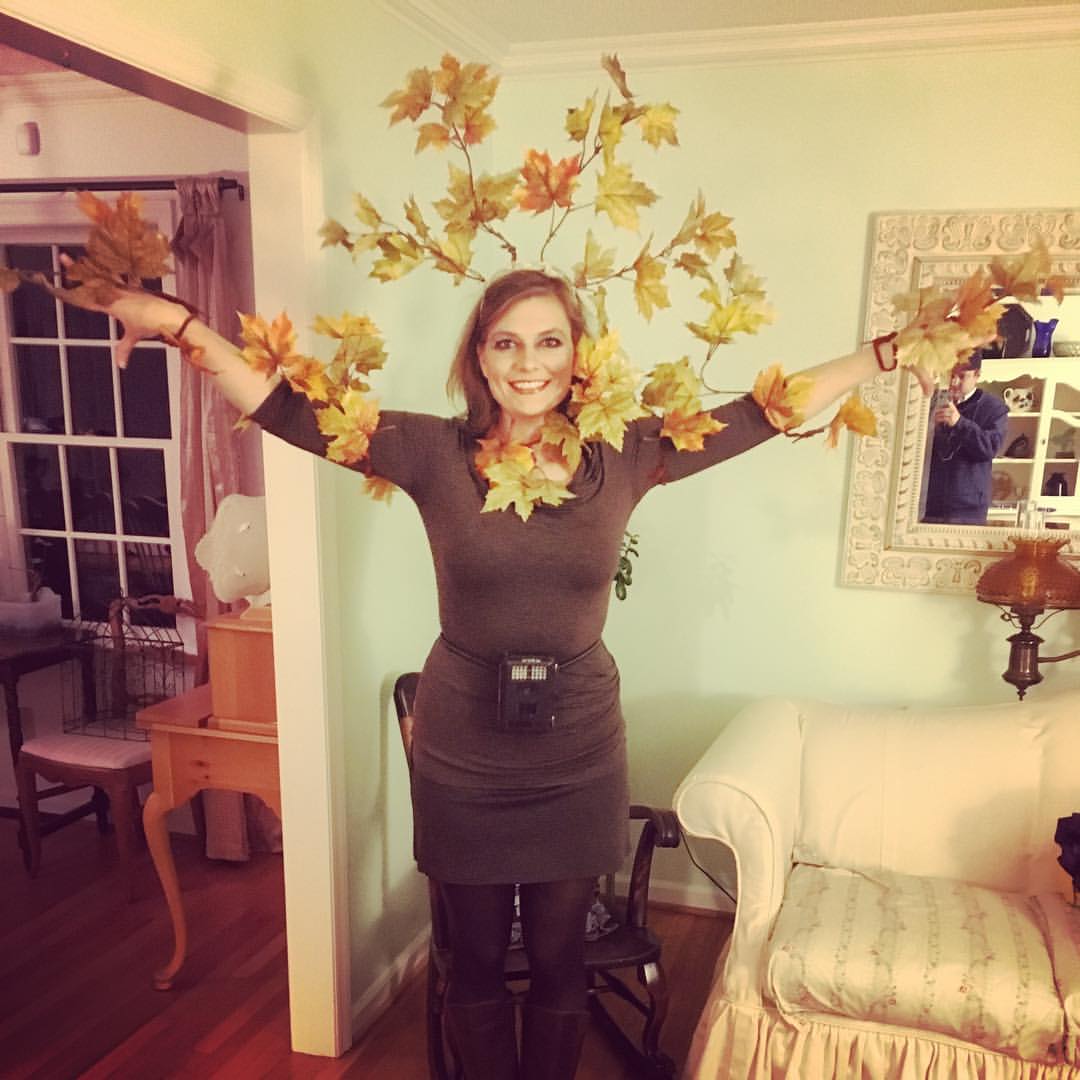
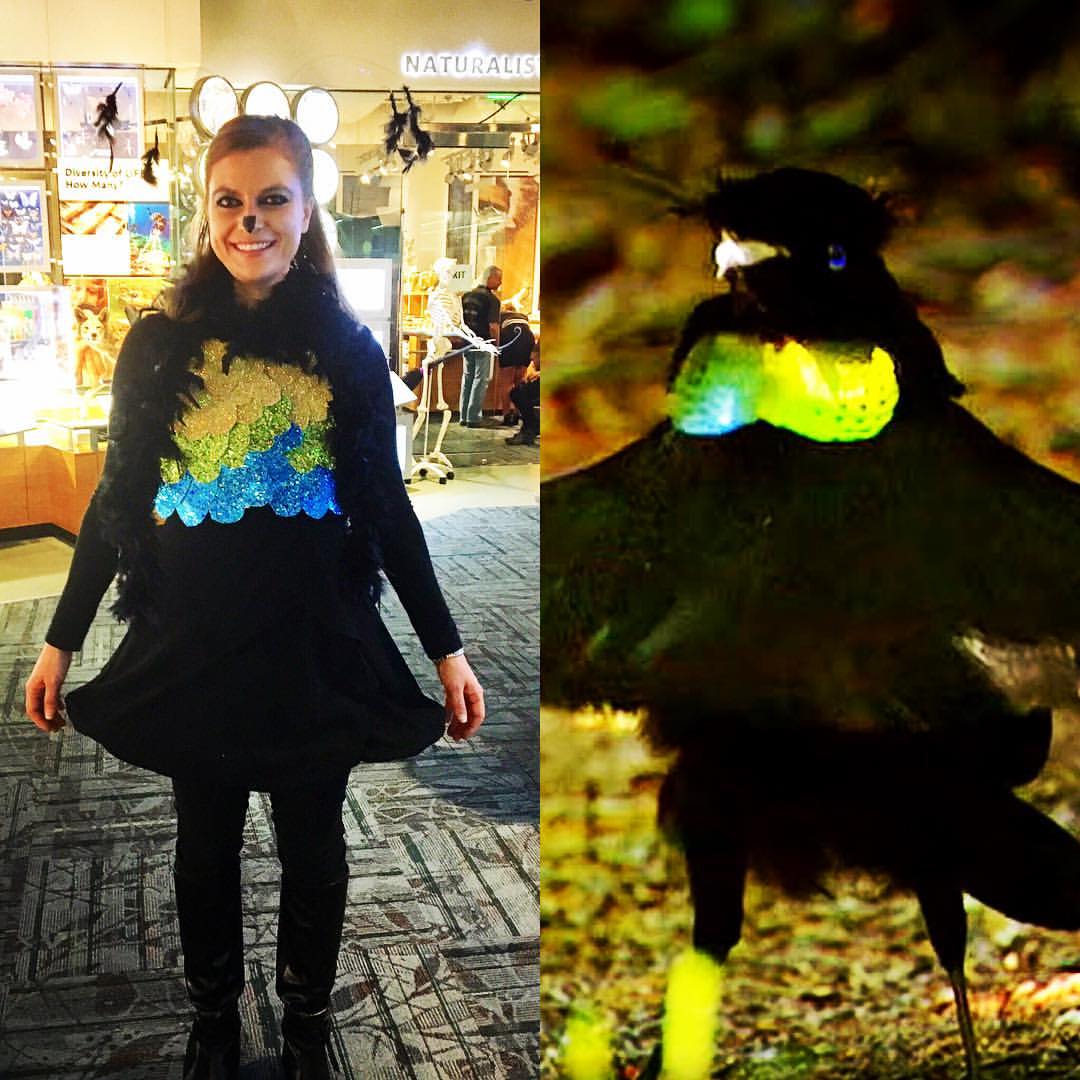
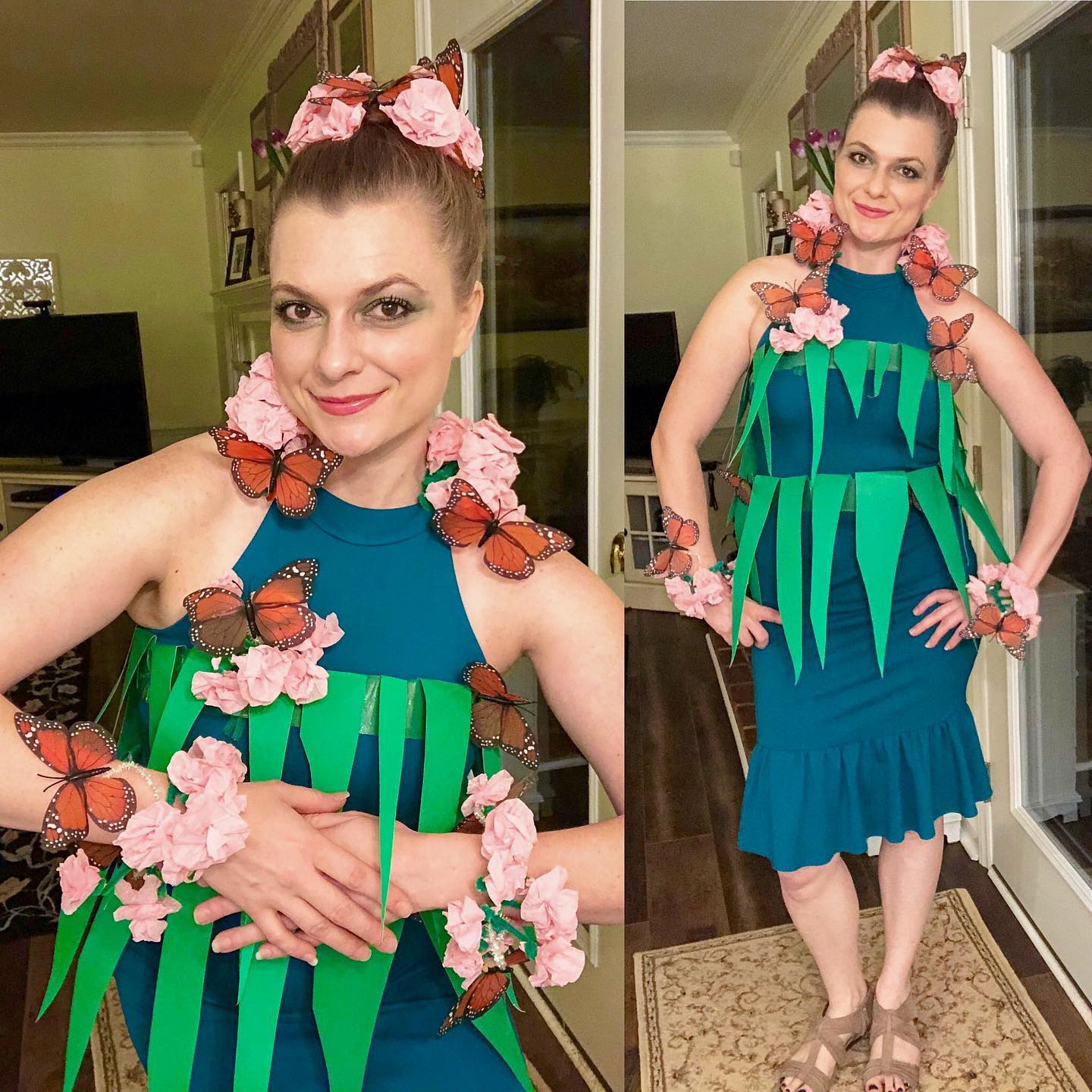
- Look to conservation for inspiration. Is there a species that is not doing so well that could use some attention? Dress up as it for Halloween! This is what I did last year when I dressed up as a pangolin. Pangolins are the most trafficked animal in the world and I wanted to share this important information (and they are super cute and awesome!). Not only did I tell the people I went out with what I was, but I shared images on Instagram and Twitter where it received a lot of retweets and comments.
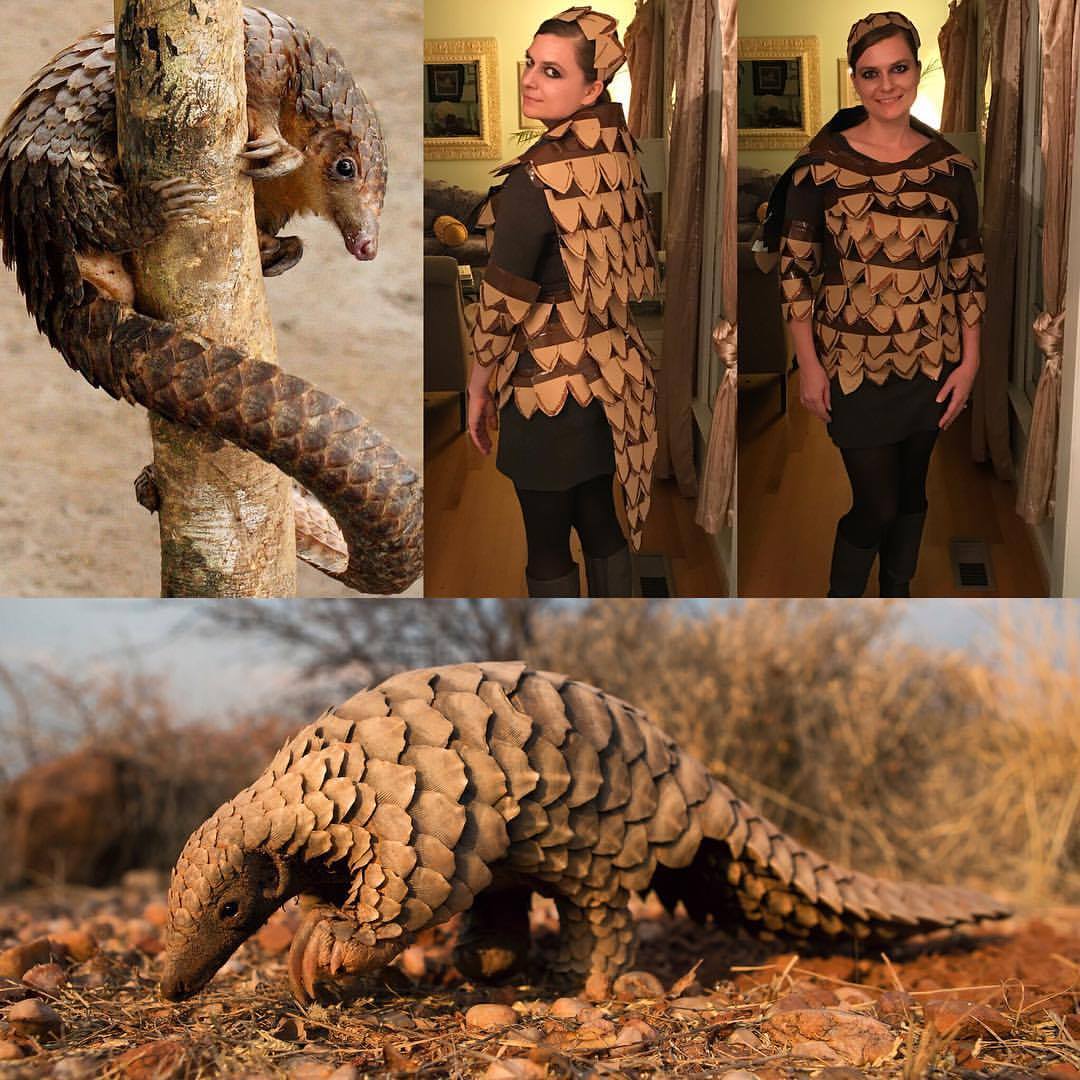
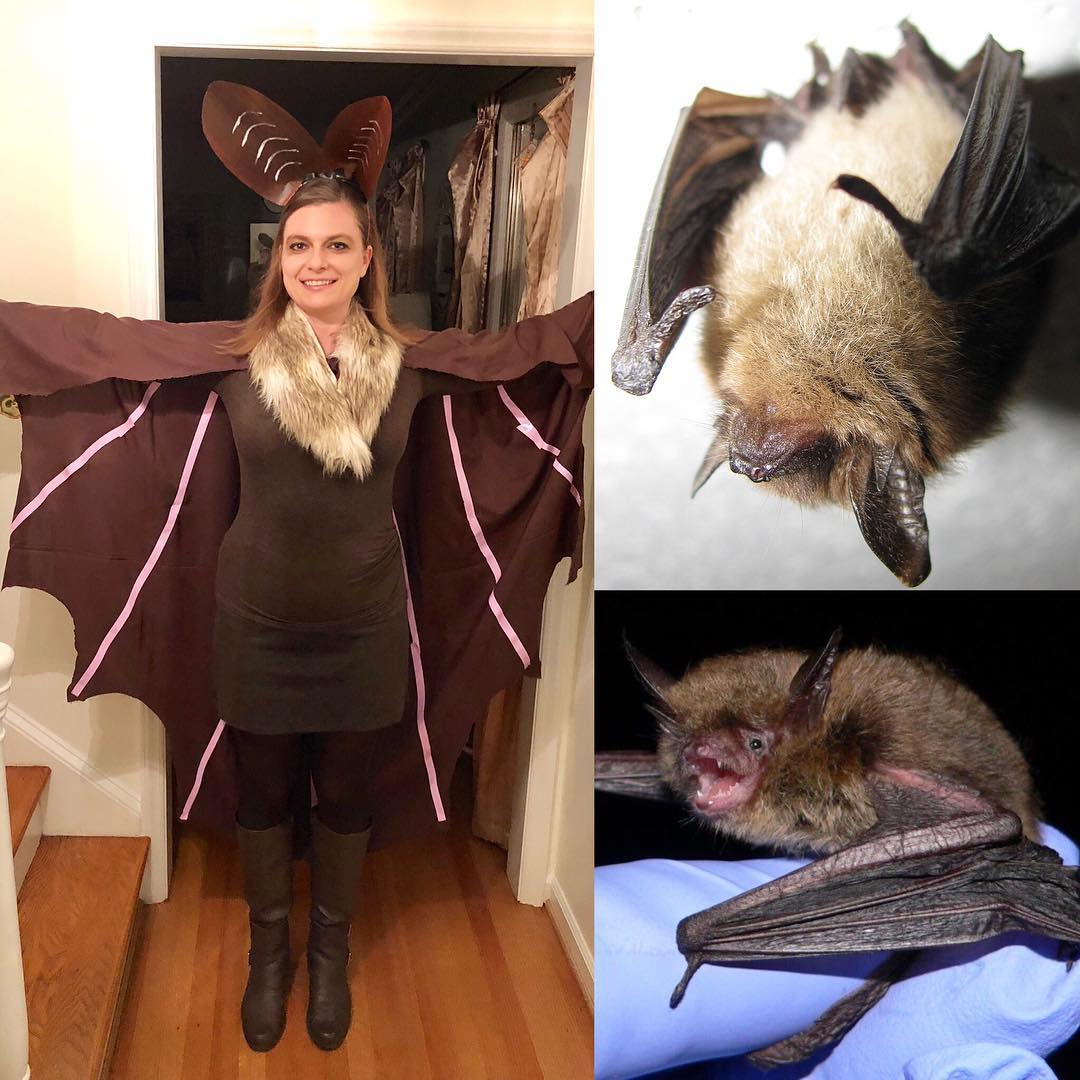
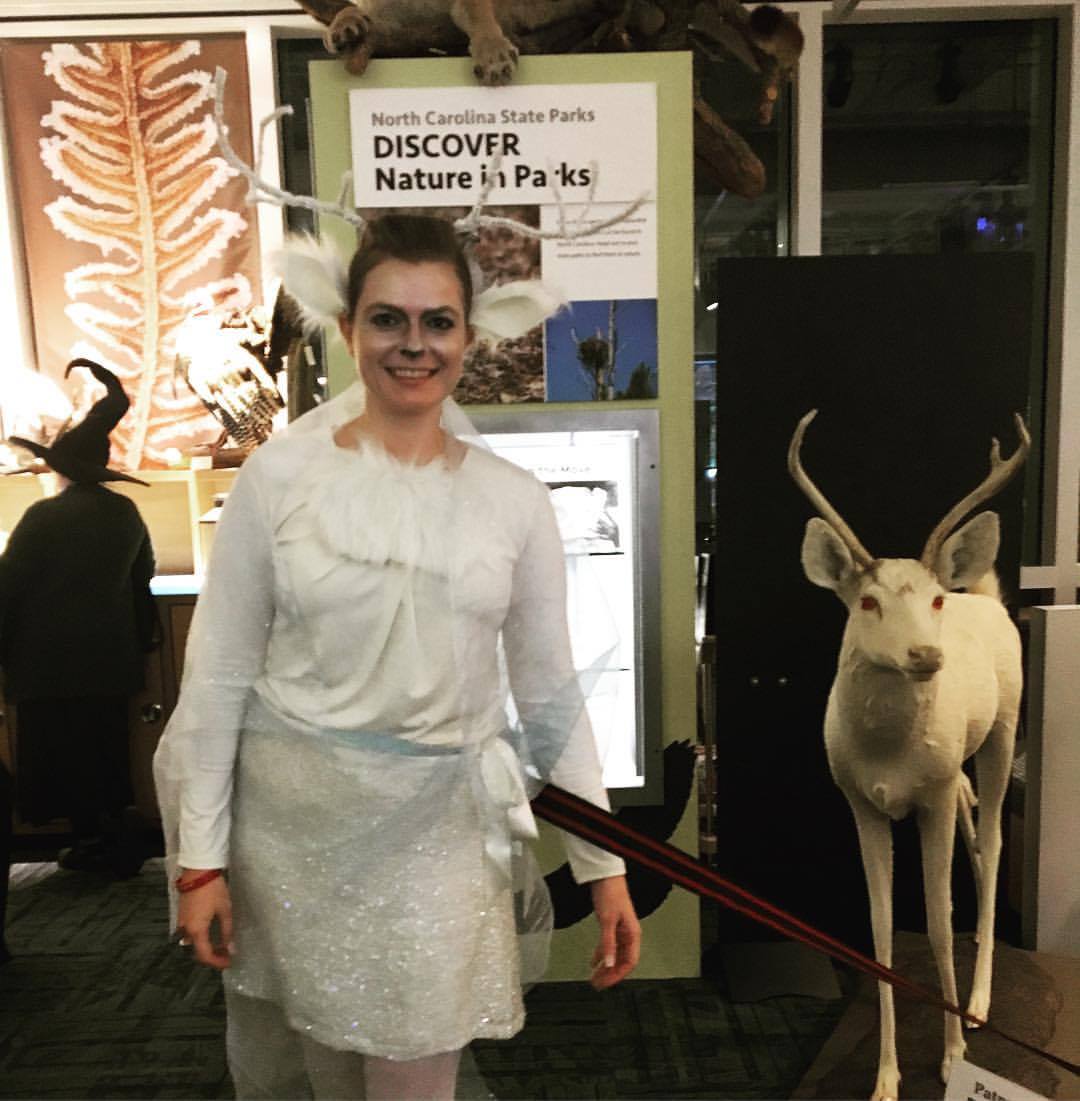
Use these tips and you’ll be sure to get some attention and have some interesting conversations about nature. If you create a nature inspired halloween costume, tag me in your social media post and I will share it back to my followers. Leave your ideas for nature inspired halloween costumes below!
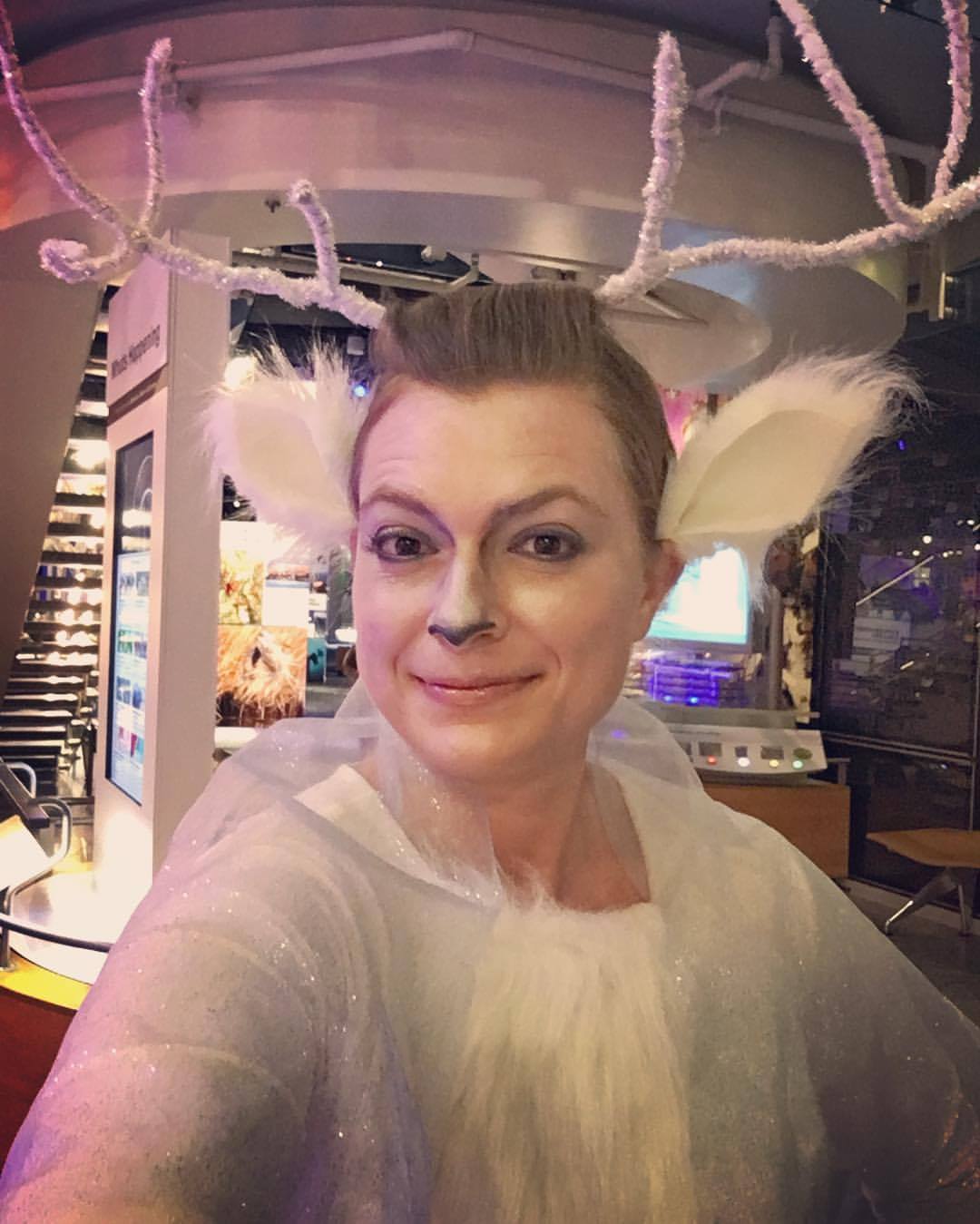
SaveSave
SaveSave
SaveSave
SaveSave
SaveSave
SaveSave
Love this post? Share it with friends!
